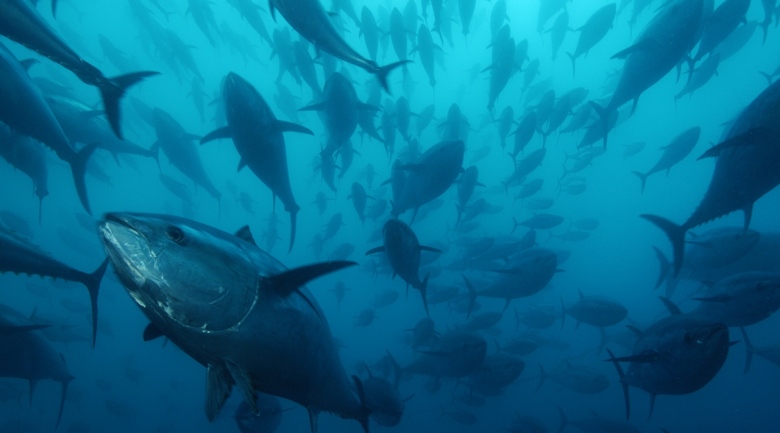
t is a sign that the Dai-ichi power plant continues to be a source of pollution more than a year after the nuclear accident. About 40% of fish caught close to Fukushima itself are regarded as unfit for humans under Japanese regulations.
The respected US marine chemist Ken Buesseler has reviewed the data in this week’s Science journal. He says there are probably two sources of lingering contamination.
"There is the on-going leakage into the ocean of polluted ground water from under Fukushima, and there is the contamination that’s already in the sediments just offshore," he told BBC News.
"It all points to this issue being long-term and one that will need monitoring for decades into the future."
Prof Buesseler is affiliated to the US Woods Hole Oceanographic Institution (WHOI). His evaluation covers a year’s worth of data gathered by the Japanese Ministry of Agriculture, Forestry and Fisheries (MAFF). Its monthly records detail the levels of radioactive caesium found in fish and other seafood products from shortly after the March 2011 Tohoku earthquake and tsunami – the double disaster that triggered the Fukushima crisis.
The caesium-134 and 137 isotopes can be traced directly to releases from the crippled power station. MAFF uses the information to decide whether certain fisheries along five east-coast prefectures, including Fukushima, should be opened or closed (it is not a measure of contamination in actual market fish).
